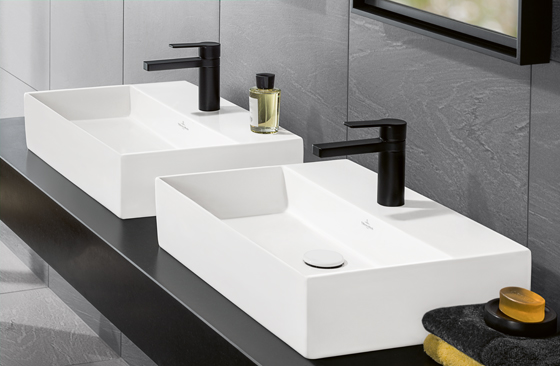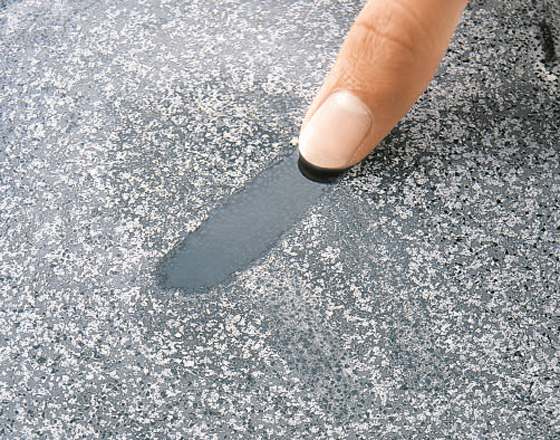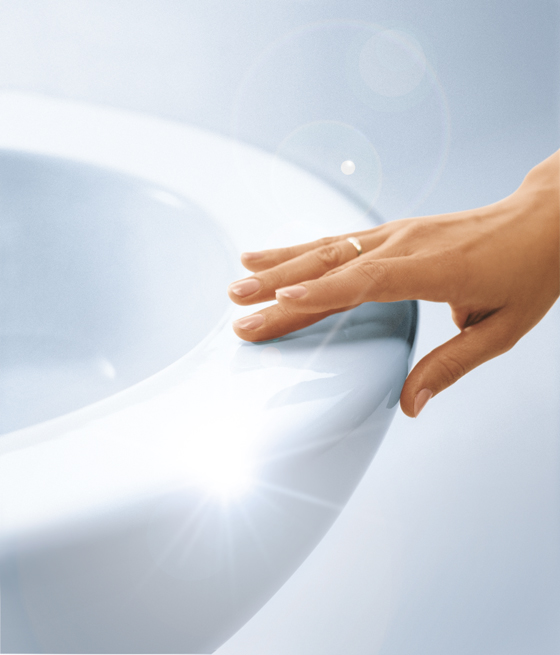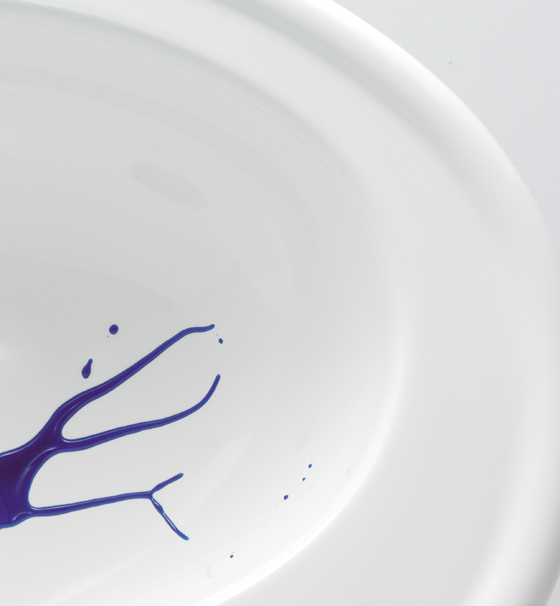CeramicPlus: Villeroy & Boch
Text by Villeroy & Boch
Mettlach, Germany
10.09.18
Experience architecture up close with CeramicPlus from VILLEROY & BOCH.
We mainly notice architecture with our eyes and maybe even with our hands. Only in the bathroom, probably the most intimate place in the building, do people get up close to architecture. The surface of the ceramics sends a decisive message.
PERCEPTION OF ARCHITECTURE
Apart from taste, we perceive architecture with all of our senses. Certainly vision plays a prominent role as our first impression is determined by seeing what the architecture looks like. The acoustics and smell also give us important information about the nature of the materials. But we perceive architecture most intensively with our sense of touch. When we walk through a building and our feet feel the nature of the floor, or our hands the quality of the handrail of a staircase when we hold on to it. We perceive architecture intensively when we feel the smooth, seemingly perfect surface of a ceramic object. Then the conscious and unconscious perception of a building with our sense of touch has a decisive influence on our appreciation of architecture.
THE AMBIGUITY OF “FEELING”
The word describes a frame of mind and not only the physical dimension, i.e. perception with our sense of touch. This emotional dimension of architecture can be seen e.g. in the identity-establishing effect of buildings such as the Eiffel Tower or sacred buildings such as Cologne Cathedral. On the other hand, the term “feeling” describes perception via surfaces. Their texture and temperature reveal to people more about their nature than is possible with just the eyes. We knock on an object to find out whether it’s hollow. We recognise a “plastic washbasin” when we first touch it. But only when we feel the quality of a ceramic object can we enjoy the value of the material. But how do we become aware of the information that our skin absorbs?
OUR SENSE OF TOUCH
The most important organ for sensing touch is our skin. It is the largest organ and has 300 to 600 million touch receptors. They absorb information and transmit it to the brain at enormous speeds of 50 to 80 metres per second. Feeling our environment means more than just absorbing information. Feelings can also be transferred by touching people, as an American psychologist has found out. Have we maybe underestimated the significance of feeling to perceive architecture until now?
A GOOD FEELING
This assumption probably doesn’t apply to every room in the house. But many of these aspects come together in a bathroom. A bathroom is a place where people touch the architecture directly with their skin. The ceramics in the bathroom are often considered to be a part of the architecture because as fixtures they are often perceived as a permanent feature in a building. This gives the surface a special status. Its haptics, the feeling of cleanliness and the gloss level convey a hygienically clean surface.
THE CERAMIC SURFACE OF CERAMICPLUS
CeramicPlus is the innovative development for clean and particularly easy-care ceramic surfaces. The CeramicPlus surface refinement has a decisive advantage: on contact, drops of water form beads which simply flow down the drain. The surface makes it very difficult for residue such as dirt and limescale to adhere and it is simply washed away.










